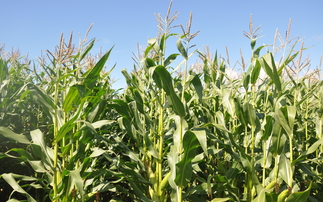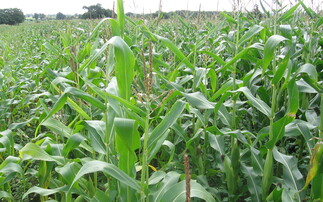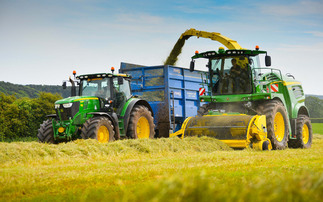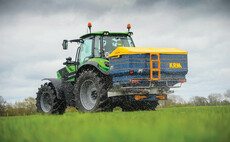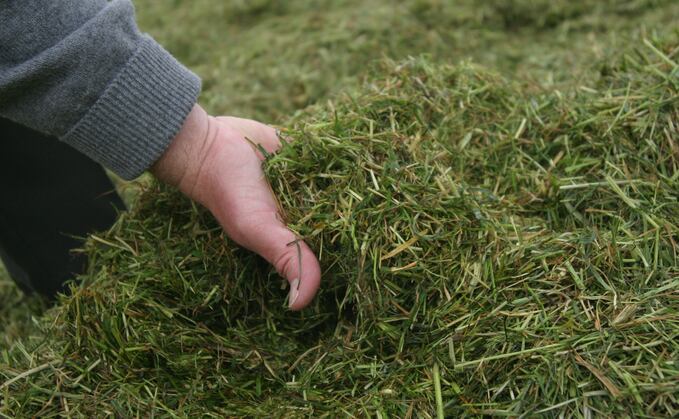
There are various types of silage additives.
Bacterial additives contain beneficial bacteria that ferment some of the sugar in grass into acid - to rapidly lower the pH and ‘pickle' the silage to inhibit spoilage microbes.
An ideal acid produced this way is lactic acid - because lactic acid is highly effective at lowering the pH (‘pickling').
Without a rapid ‘pickling' and low pH, unwanted microbes can feed on the silage's nutrients and dry matter - causing losses in quality and quantity. Most of the losses are of the most nutritious fraction of the silage - the sugars.
A different fermentation that produces acetic acid is useful if there is a need to inhibit yeasts and moulds that cause heating (aerobic spoilage). Other types of additives include acids/acid salts.













